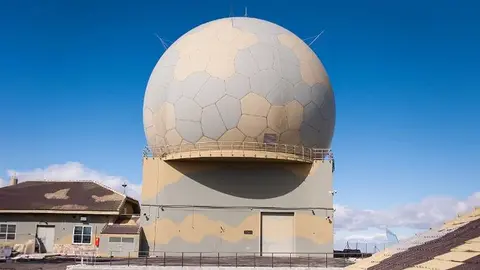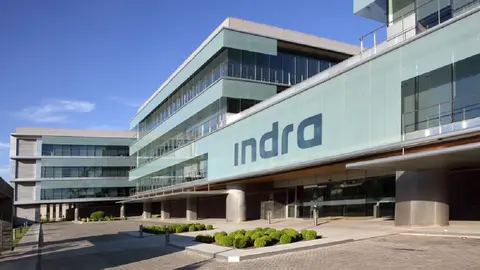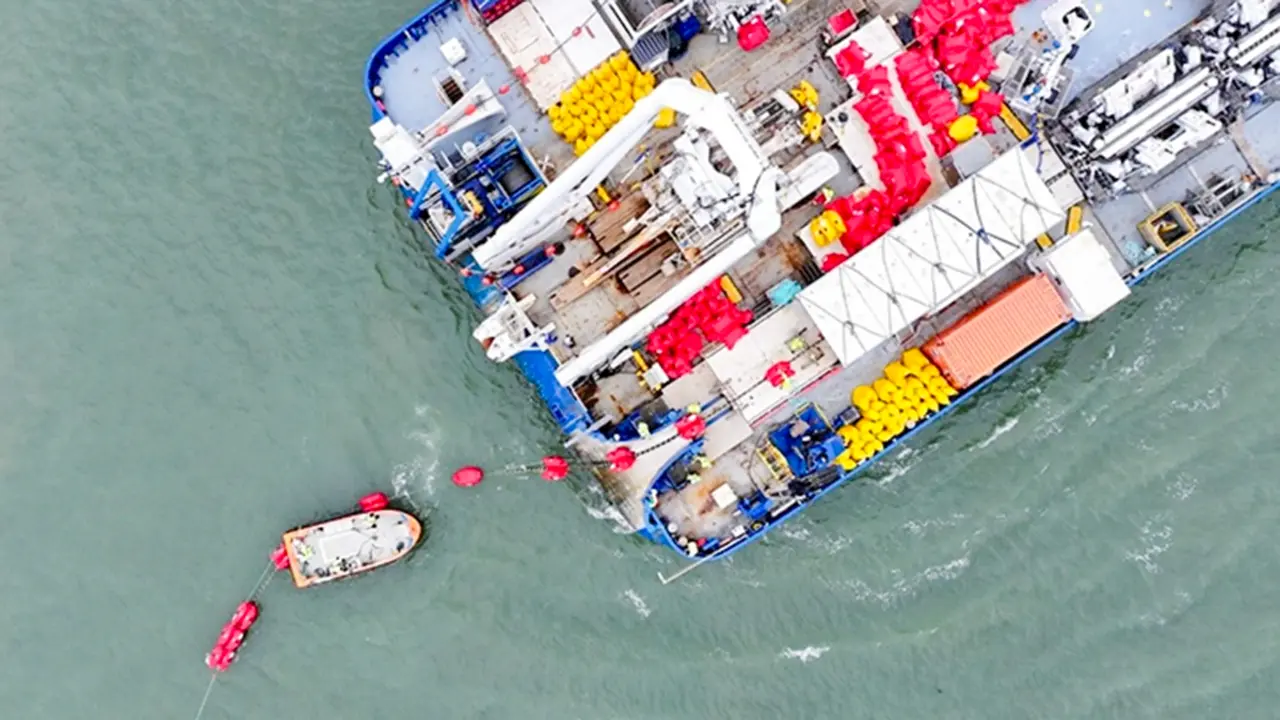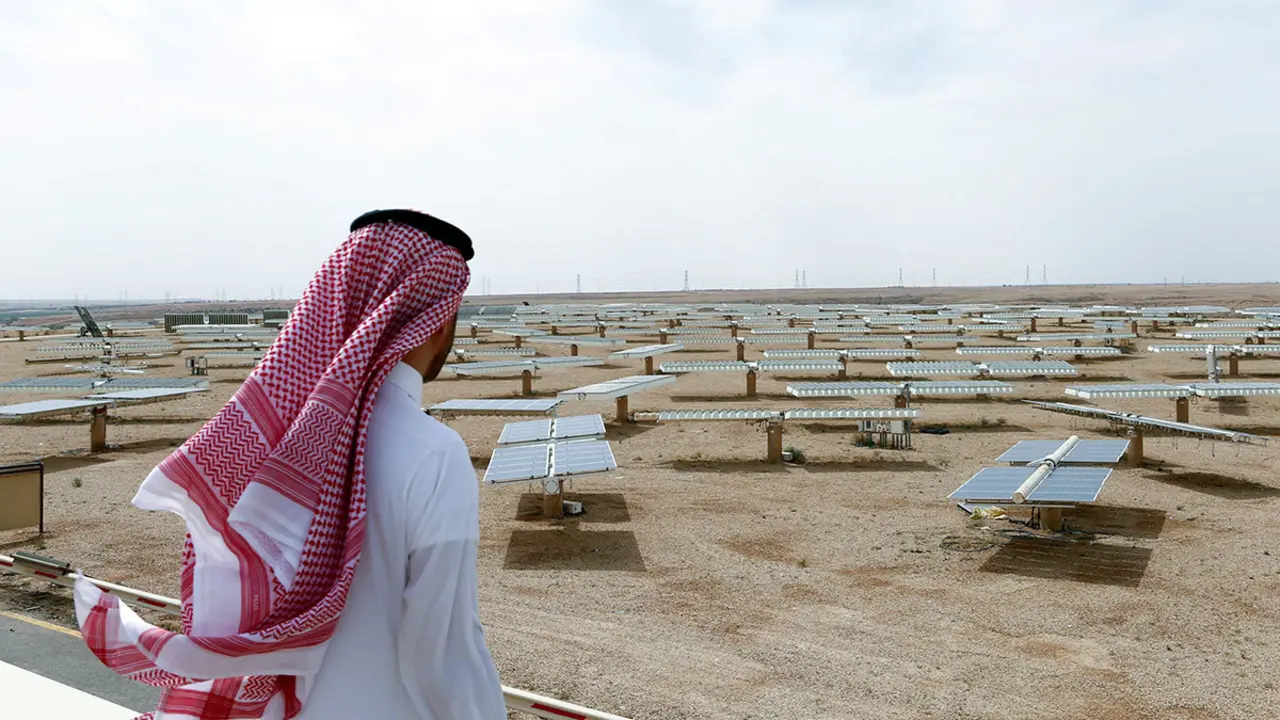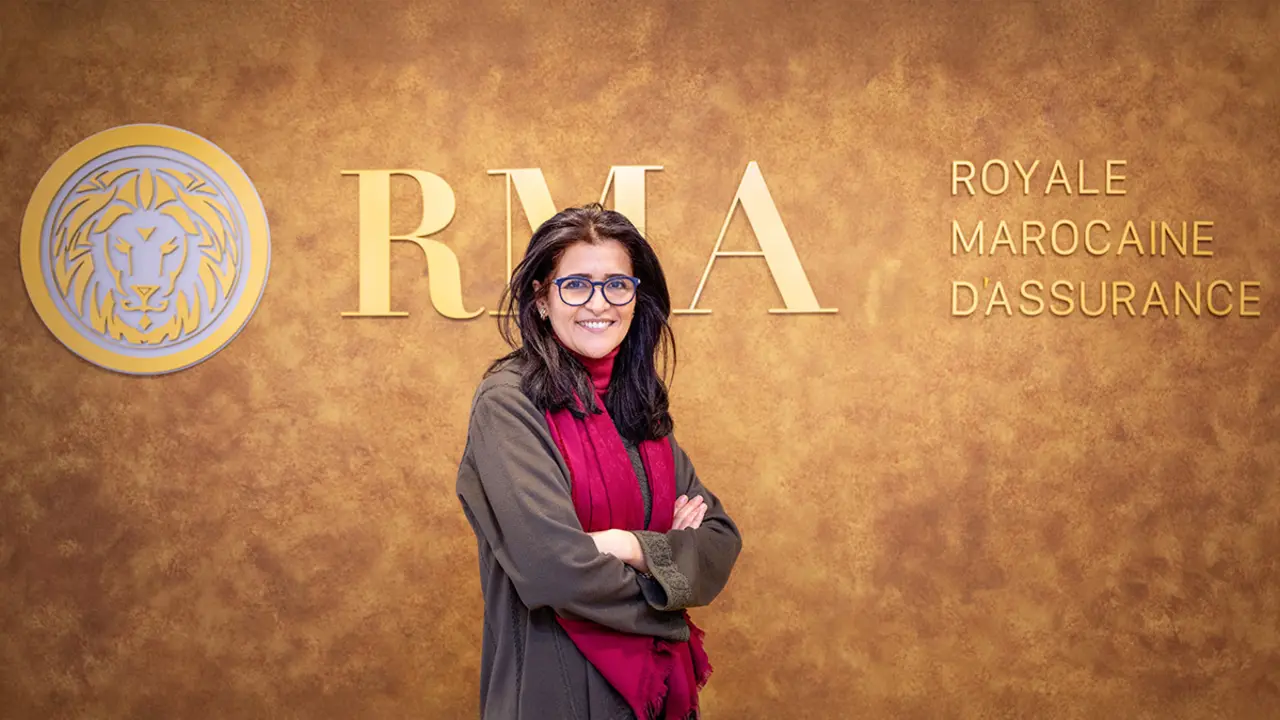Indra presents technologies in Toledo to provide the Army with the most advanced digital combat capabilities
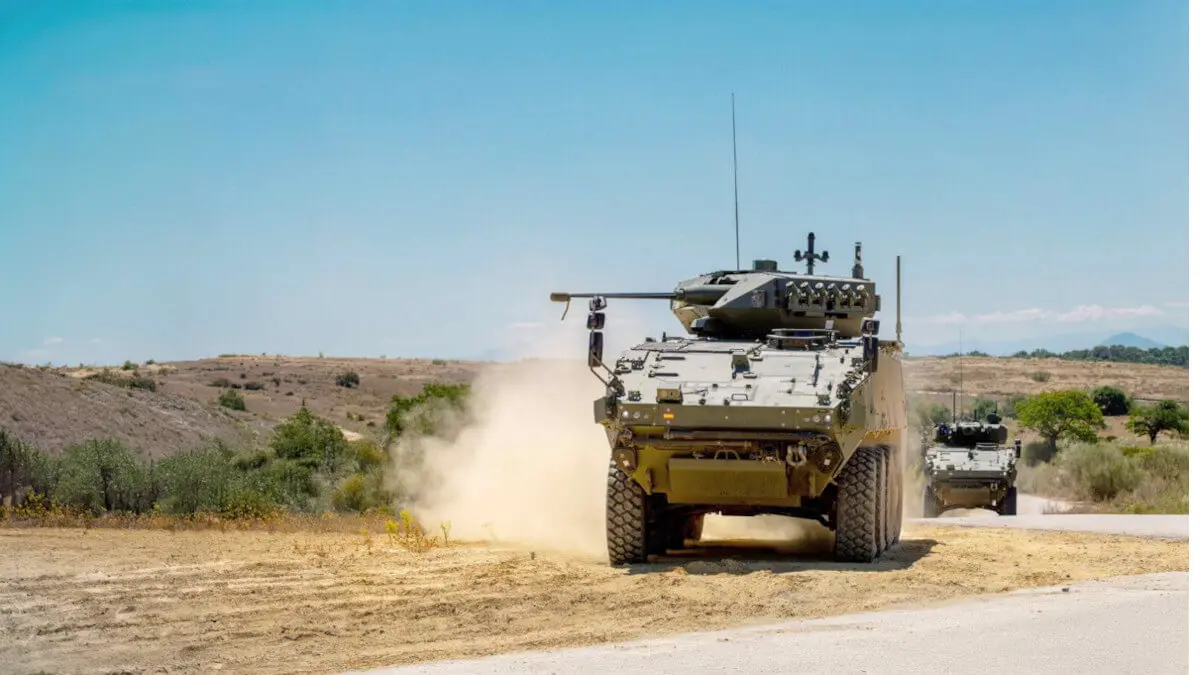
Indra will showcase some of the technologies that the world's most advanced armies are adopting to intervene in increasingly complex conflicts and to counter emerging threats at the Foro Ejército Empresa 2024 to be held on 2 and 3 October in Toledo.
One of the main axes of this digitalisation is to provide armoured vehicles with more intelligence. Indra will take part in the operational demonstration which will take place within the framework of the Foro Ejercito Empresa at the Los Alijares test field to show the advantages of its Maestre mission system, which manages the 8x8 Dragon's sensors and systems and presents the information to the crew.
The commercial director of Ground Systems, Miguel Rodríguez Mora, explains that ‘the support of the Ministry of Defence in the development of this technology has led Indra to enter the industrial core of large European R&D programmes such as FAMOUS I and II or MARTE, which define how the ground platforms of the future will be and how they will facilitate multi-domain operations’.
The company is also showcasing its new Maestre mission system emulator, which synthetically reproduces the vehicle's behaviour and operating environment to evolve the system.
It will also unveil its 360° vision system (L-SAS), which incorporates artificial intelligence to analyse in real time the images collected by the driver assistance cameras (visible, night and infrared range) and detect threats, signal possible protective measures and lines of action.
Increased integration and coordination
One of the biggest threats facing any armoured vehicle today is drones and new types of munitions. The company has developed an advanced small-footprint radar, which is installed on vehicles and is able to detect, identify, track and determine the moment of impact of projectiles to trigger appropriate countermeasures. It is an advanced 3D S-band, solid-state, electronically scanning, electronically scanning (AESA) radar, which offers increased scanning speed by facilitating control of the beam without the need to move the antenna.
The company will also unveil the latest enhancements to its air defence command and control system (COAAAS Plus), which is capable of integrating multiple sensors and weapon systems and incorporates NATO-standard interoperability protocols. It will also present its family of AESA MTR radars, which integrate with the company's air defence command and control system (COAAAS Plus) and the Spanish Army's High Mobility Rocket Launching System (SILAM).
The control of the electromagnetic spectrum is also key to operate in any modern scenario. Indra brings to this forum its Landef command and control system designed to be deployed in the field and manage multiple sensors and jammers (jamming emission systems) to blind the adversary's radars and block their communications. Antonio Hernández Bejarano, Indra's director of Electronic Combat Management business development, explains that ‘the system is prepared to offer an effective integration of electronic warfare in multi-domain operations’.
In the field of training, Indra and the Spanish Army have led the world in the implementation of interoperable simulation systems: they have connected the helicopters of the Spanish Army Aviation Academy (ACAVIET), allowing pilots from different bases and aircraft models to train together.
Finally, the company has taken on the role of a driving force and is promoting the development in Spain of the discipline of operational analysis. This discipline, which combines military, technological and scientific knowledge, makes it possible to reproduce combat situations hundreds of times in the laboratory to optimise the design of systems and increase their efficiency, providing the Ministry of Defence with scientific evidence and data to make the best decisions.

